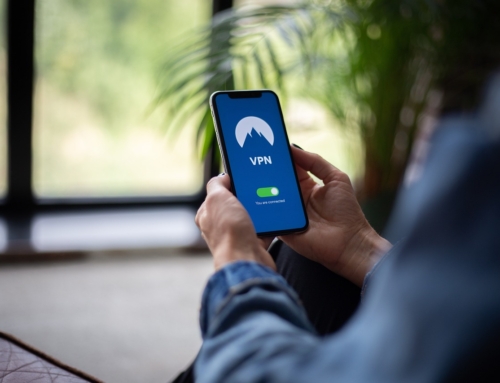Bed bugs are notorious for being elusive, making early detection crucial for effective management and eradication. Various methods have been developed to detect bed bugs, each with its own set of advantages and limitations. This article compares the most common bed bug detection methods, highlighting the pros and cons of each approach to help you make informed decisions in your battle against these pests.
### Visual Inspection
The most straightforward method of detecting bed bugs involves a thorough visual inspection of potential hiding places, including mattresses, bed frames, and furniture.
**Pros:**
– Cost-effective, as it requires no specialized equipment.
– Provides immediate results if bed bugs are found.
**Cons:**
– Time-consuming and requires a keen eye for detail.
– Limited effectiveness, as bed bugs can hide in extremely small crevices that are easily overlooked.
### Canine Detection
Specially trained dogs can sniff out bed bugs, even in hard-to-reach places, making canine detection a popular choice for both residential and commercial settings.
**Pros:**
– High accuracy, with trained dogs able to detect bed bugs with over 90% accuracy under ideal conditions.
– Fast and efficient, capable of inspecting a room in minutes.
**Cons:**
– Costly, as it involves hiring professional handlers and trained dogs.
– False positives can occur, especially if dogs are not regularly trained or are alerting to previous infestations.
### Passive Monitors
Passive bed bug lure monitors rely on bed bugs inadvertently entering the device, where they become trapped. These monitors are placed in strategic locations and checked regularly.
**Pros:**
– Non-invasive and easy to use.
– Cost-effective over time, as they provide continuous monitoring.
**Cons:**
– May take time to show results, especially if bed bug activity is low.
– Requires regular inspection to be effective.
### Active Monitors
Active monitors attract bed bugs using heat, carbon dioxide, or chemical attractants. They are designed to mimic the signals that draw bed bugs to their human hosts.
**Pros:**
– More proactive in attracting bed bugs, potentially detecting infestations sooner.
– Can be highly effective when placed correctly.
**Cons:**
– Generally more expensive than passive monitors.
– Some models may require ongoing maintenance or refillable components.
### Mattress Encasements
While not a detection method per se, mattress encasements can help in identifying bed bug infestations by eliminating hiding spots and making signs of bed bugs more visible.
**Pros:**
– Simplifies the process of inspecting for bed bugs.
– Provides ongoing protection against bed bugs harboring in mattresses.
**Cons:**
– Does not actively detect bed bugs; infestations can still occur elsewhere.
– Some encasements can be costly, especially for high-quality options.
### Conclusion
Each bed bug detection method has its own set of pros and cons, and the most effective approach may vary depending on the specific circumstances of the infestation. In many cases, a combination of methods may be the best strategy to ensure thorough detection and management of bed bugs. Understanding the strengths and limitations of each approach can empower homeowners and pest management professionals to take proactive steps in the fight against bed bugs.





